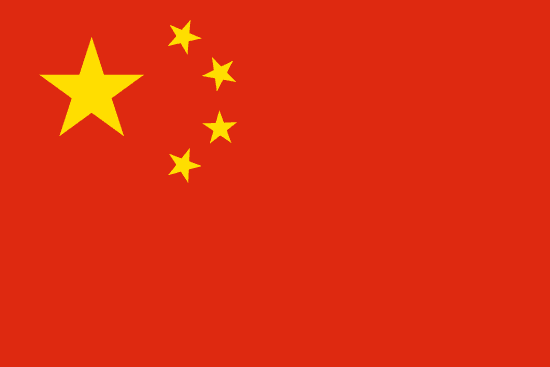"丽江,活着就是为了遇见你 | Lijiang, to live is to meet you"
About:
Lijiang, a city in Yunnan, China, traces its history back to the Warring States Period (475-221 BC). It gained prominence during the Song Dynasty (960-1279) due to its strategic location on the Ancient Tea Horse Road. Lijiang's unique Naxi culture flourished under the Ming Dynasty (1368-1644). The city suffered from a destructive earthquake in 1996, but was quickly rebuilt. In 1997, UNESCO designated Lijiang's Old Town a World Heritage Site for its historical and cultural significance. Today, Lijiang is a popular tourist destination.
When to visit:
Lijiang, a popular tourist destination in China, is best visited during the months of April to June and September to November. During these times, the weather is generally mild and pleasant, making it ideal for exploring the ancient town and its surroundings. Avoid visiting during the peak summer months of July and August as the weather can be hot and humid, and the town can get crowded with tourists. Additionally, it is recommended to avoid visiting during Chinese national holidays such as Golden Week in October, as the town can become extremely crowded and accommodation prices may rise significantly.
When to avoid:
Traveling to Lijiang, a picturesque city located in the Yunnan province of China, during the National Day holiday in early October can be challenging due to the large influx of domestic tourists. The city's narrow streets and popular attractions may become overcrowded, leading to long queues and difficulty in enjoying a peaceful travel experience. Accommodation prices tend to surge during this peak season, making it less budget-friendly for travelers. To avoid the crowds and high costs, it is advisable to plan your visit to Lijiang during the shoulder seasons or off-peak months.
Winter Season (Nov-Feb)
In Lijiang, winter (November to February) is the coldest period with temperatures ranging from -7°C to 8°C. It's also the driest season with minimal rainfall, averaging 3mm in December. Days are typically clear with 7 hours of sunlight, but the high altitude can make it feel colder than it is. The city is often blanketed by morning fog that gradually lifts, revealing a bright, crisp day. It's an ideal time for visitors to explore the Old Town and enjoy the snow-capped view of Jade Dragon Snow Mountain.
"Summer (June-August)"
In Lijiang, China, the warmest part of the year typically falls between June and September, with July and August being the peak months. During this period, daily high temperatures average around 25°C (77°F), while nighttime lows dip to around 15°C (59°F).
Rainfall is considerable during these months, with July being the wettest month, receiving about 180mm of rainfall. This is due to the influence of the East Asian monsoon. Despite the high rainfall, there are still plenty of sunny days, with an average of 6-7 hours of sunlight per day.
Humidity is relatively high during this period, with average relative humidity around 80%. This can make the heat feel more intense, though it's still quite comfortable compared to many other regions in China.
Cloudiness varies, with some days being mostly clear and others overcast. However, there is generally more cloud cover during this period compared to the rest of the year, which can provide a bit of relief from the sun.
A typical day for a visitor during the warmest part of the year in Lijiang might involve waking up to a mild morning, with temperatures gradually rising throughout the day. There might be a brief rain shower in the afternoon, but this usually doesn't last long and the sun often comes out again afterwards. The evenings are pleasantly cool, making it a great time to explore the city's historic sites and enjoy outdoor dining. Despite the occasional rain, the overall atmosphere is vibrant and lush, with the city's beautiful natural scenery at its peak.
Language:
In Lijiang, the most commonly spoken languages are Mandarin Chinese and the local Lijiang dialect. The Naxi people, the indigenous inhabitants of Lijiang, also have their own language known as Nakhi, which is still used in daily communication. Additionally, due to the city's popularity as a tourist destination, English is also understood in many areas.




